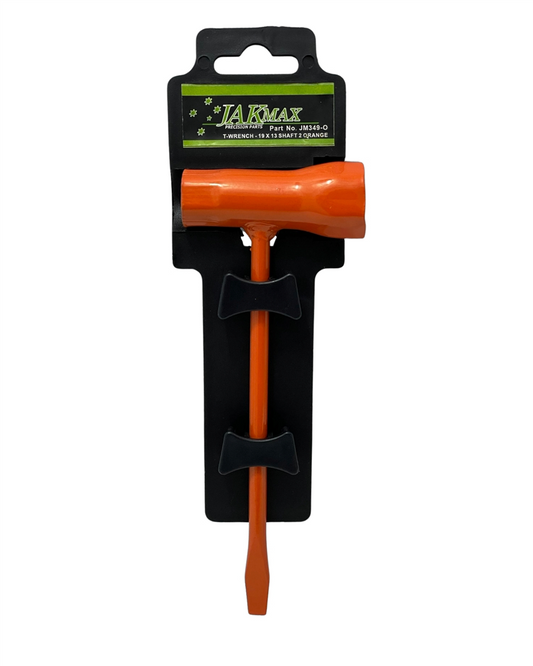What experienced gardeners don’t want you to know about companion planting
Share
The Companion Planting Secrets Seasoned Gardeners Keep to Themselves
Ever wonder why some people’s gardens thrive while others just… exist? The secret isn’t just watering schedules or fancy fertilisers. It’s companion planting, and experienced gardeners have a few tricks they won’t always share.
Not Every Plant Friendship Is Created Equal
You’ve probably heard that marigolds keep pests away or that basil makes tomatoes taste better. But what about the secret rivalries happening underground? Some plants compete for nutrients or even release chemicals to keep others from growing too well.
Take fennel, for example. It’s the garden’s lone wolf. It prefers a bit of distance, otherwise, it might stunt the growth of nearby plants. Then there’s mint—fantastic for keeping pests away but an absolute bully when left unchecked.
The Underground Gossip Network
Your soil is like a bustling city, full of microscopic life that helps plants communicate. Some companions, like peas and beans, create an underground alliance. They pull nitrogen from the air and store it in their roots, making the soil richer for whatever’s planted nearby.
But pair the wrong plants together, and you could run into trouble. For example, onion and beans? Not the best of mates. Onions release natural chemicals that can slow bean growth significantly.
Pest Control Without the Fuss
Forget expensive sprays—companion planting is nature’s pest control. Some plants act as decoys, while others create strong scents that send unwanted visitors packing.
- Nasturtiums: These attract aphids away from your veggies, keeping your crops safe.
- Garlic: Repels all sorts of insects, including pesky caterpillars.
- Lavender: Not just pretty—its scent confuses pests searching for their favourite snack.
Knowing which plants work together means fewer chemicals, healthier produce, and less time spent battling annoying garden invaders.
The Trick to Fooling Weeds
Weeds love an empty patch of soil. One trick experienced gardeners swear by is intercropping—planting fast-growing crops like radishes or lettuce between slower-growing ones. This keeps weeds from gaining a foothold and makes the most of your growing space.
The Best-Kept Secret? Trial and Error
Experienced gardeners rely on knowledge, but they also leave room for experimentation. What works in one garden might not in another. Soil types, climate, and local pests all play a role. So if something doesn’t work perfectly the first time, tweak it and try again!
Have you had success (or failure) with companion planting? Let’s chat about it in the comments!
 Stay Connected
Stay Connected
Join our gardening community on Facebook the Urban Gardener's Notebook
And follow our Store Facebook Page: Strathalbyn H Hardware on Facebook









